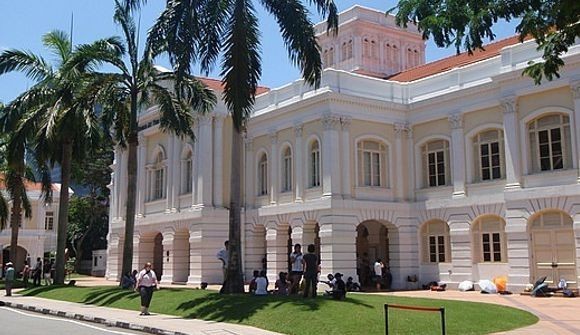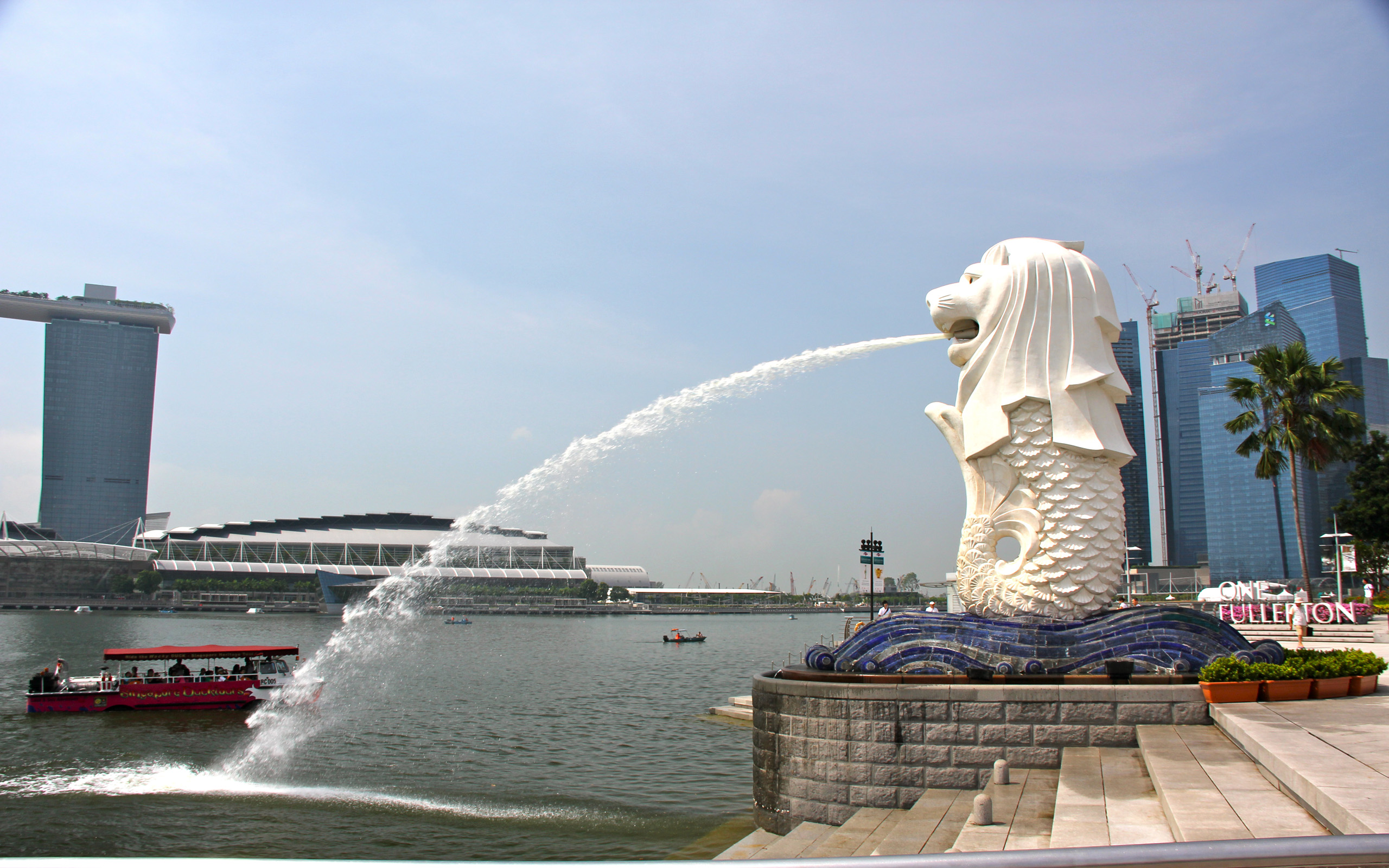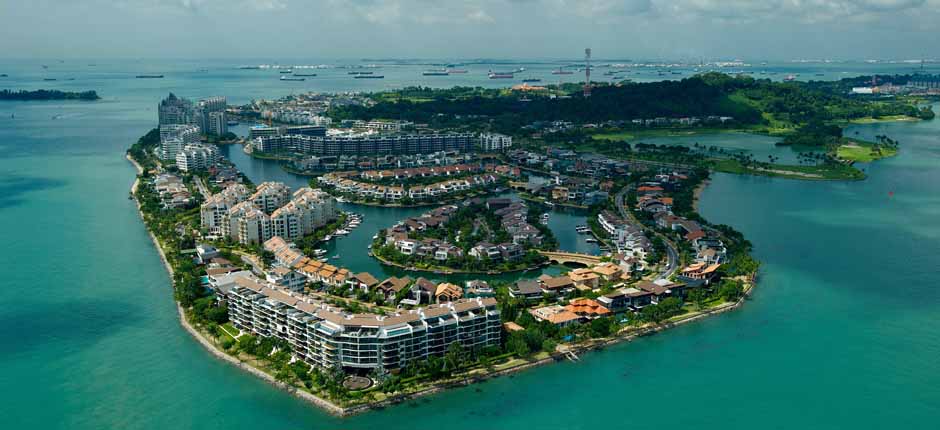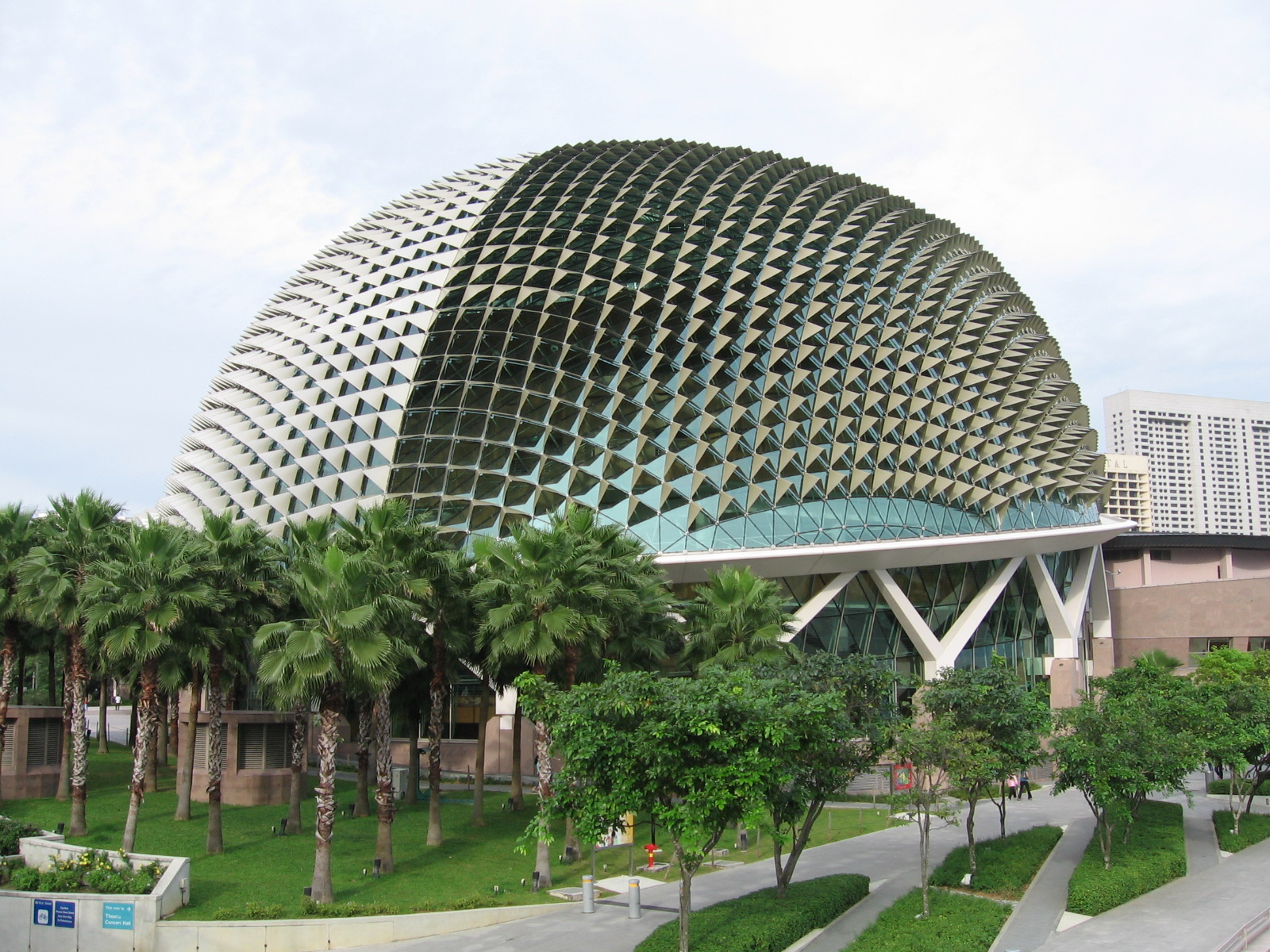Singapore /Singapore /Singapore
Sight Address : 1 Old Parliament Lane, Singapore 179429, Singapore (Formerly Parliament House) (Downtown Core).Edit
Detail InformationEdit
The Old Parliament House, now known as the Arts House at the Old Parliament building, is a building in Singapore. It is currently a multi-disciplinary arts venue which plays host to art exhibitions and concerts. The building was formerly home to the Parliament of Singapore from 1965 to 1999, when it moved to an adjacent new building. Built in 1827, the Old Parliament House is the oldest existing government building in Singapore.
HistoryEdit
The Old Parliament House was completed in 1827 as a Neo-Palladian building owned by a Scottish merchant, John Argyle Maxwell, who was based in Java. It was intended as his private residence. During the refurbishment of the building in 1989, there were some archaeological findings of stoneware and earthenware from the 13th and 14th centuries.In 1823, the founder of modern Singapore, Stamford Raffles asked the Temenggong or local chief to move to Telok Blangah so that the current plot of land could be put to government use. The site was assigned to Maxwell and architect G. D. Coleman designed the building. Before Maxwell could move in, the colonial government took over the building for government use. The British government leased the building from Maxwell for 500 rupees every month. By June 1827, the Land Office issued Maxwell a 999-year lease for use of the site. A court house and government offices then moved into the building.In 1839, the court house moved into a new building which is now the Former Attorney General’s Chambers building which was to be incorporated into the Parliament House. The vacated building was then converted into government offices. Two years later in 1841, Maxwell’s residence went up for auction which the government won with a bid of $15,600. The government offices were sited at the building until 1875 when the Supreme Court moved in.The building went through several major extension works. The first was carried out between 1873 and 1875. In 1901, the building was extended towards the river. Coleman’s original design was lost as a result of the extension works. The architectural style of the building was transformed from Coleman’s Neo-Palladian design to Victorian. Two courtrooms were reconstructed and a residence for the Attorney General was built. When the Supreme Court moved into its new building further down the road, the building was used as a storehouse and later for the Department of Social Welfare after the Second World War.The bronze elephant statue at the Old Parliament House.The building was refurbished again in 1953 to make way for the new Legislative Assembly of Singapore, and works were completed in 1954 . The design was carried out by T.H.H. Hancock who was the Senior Architect of the Public Works Department of Singapore. The governor then was Sir John Fearns Nicoll. The arches at the porch of the building were part of the original design.When the then Chief Minister David Marshall was elected in 1955, he was given an office in the building. The building was renamed Parliament House in August 1965 when Singapore gained independence.A bronze elephant is located at the front of the Old Parliament House which was a gift from King Chulalongkorn or King Rama V of Siam (now known as Thailand) as a token of appreciation after his stay on 15 March 1871. The country is the first foreign nation visited by a Siamese King. It was originally located at the Victoria Theatre and Concert Hall but was replaced in 1919 with a statue for Stamford Raffles.The building was gazetted a national monument on 14 February 1992. On 6 September 1999, the Parliament of Singapore moved into an adjacent new building which faces North Bridge Road.
Must SeeEdit
Must see
Visiting TimeEdit
Mon to Fri 10am – 8pm
Sat 11am – 8pm
Closed OnEdit
N.A.
Best Season to VisitEdit
June to July and November to December.
Best Time To VisitEdit
N.A.
Time Required for SightseeingEdit
N.A.
Ticket Required : No Edit
Individual National Adult : N.A.
Kids : N.A.
Individual Foreigner Adult : N.A.
Kids : N.A.
Still Photo Camera : N.A.
Video Camera : N.A.
Guide Required : No Edit
Approximate cost: N.A.
Dress Code (If Any) : No Edit
Dress Require: N.A.
Restaurants NearbyAdd / Edit
How to ReachEdit
Taxi : Taxis are generally very hard to get during peak hours (Mon-Fri 7:00am – 9:30am and Mon-Sat 5:00pm – 8:00pm) and on rainy days. If you are at a hotel, have conceirge call you a taxi. If you are out about town and have access to a cell phone- calling for a taxi will cut your wait time by 20 to 30 minutes. All taxis are fitted with meters; all are air conditioned; the majority of the taxis are 5-seaters; about 90% of taxis have radiophones; call booking is done via GPS or digital voice dispatch. All passengers must fasten their seat belts by law.
For taxi Booking fee is SGD $2.3. Minimum fare for taxi is SGD $3 for first 1Km. Fare above minimum fare until 10Km is SGD $0.55 per Km. Fare above 10Km is charge SGD $0.628 per Km. Taxi Waiting charges per hour is SGD $17.6. Peak Hours charges is diffrent.
Bus : Public buses run daily from 5.30am to midnight. Extended night services cost slightly more (a flat rate ranging from $1.50-$3.00). Otherwise, most fares depend on distance travelled and range from 67 cents to $1.58 for air-conditioned comfort (almost all public buses in Singapore have air-conditioning today). There are also “feeder” bus services that charge a flat rate of 67 cents. Each bus should not take more than 15 to 20 minutes to arrive at the bus stop.
Train : Singapore MRT system is very well connected to different parts of Singapore and very clean! If you have the time and plan to explore around little Sunny island, get the the Singapore Tourist Pass!
It runs 6am-12mn, fares start at S$1 (70cents in EZ link). Tickets can be purchased in all MRT stations. You just have to insert your money through the ticket machine. Rush hour’s usually 7am-9am, 11am-2pm and 4pm-7pm.
Air : Changi Airport is the country’s main airport. From the airport there are a number of ways to get into the city:
Taxi is easiest – simply follow the signs after clearing customs. Meters are always used in Singapore and prices are reasonable. A trip to the city during the day will be between $20-$30 including $3-5 airport surcharge. An additional 50% surcharge applies between midnight and 06:00.
Limousines charge a flat $50 to anywhere in the city and are a pretty good deal after midnight, as you can skip the queue and avoid the surcharge. The same pricing applies to chartering van-sized MaxiCabs, which are good for large families or if you have lots of baggage.
Shuttle – Shared six-seater MaxiCab shuttle service to designated areas/hotels costs $7 and can be booked in advance or in the arrivals hall. 6AM-2AM, every 15-30 min.
Subway – MRT trains run from a station between T2 and T3, but you’ll need to change trains at Tanah Merah to a city-bound train: just exit through the left hand side door and cross the platform. The 30 min ride to City Hall station costs $1.90 plus a refundable $1 deposit, and trains run 05:31-23:18.
Bus – Bus terminals can be found in the basements of T1, T2 and T3. 06:00-23:59 only. Fares are less than $2.00, exact fare required (no change given) if you pay cash.
Others : N.A.
Things to CarryEdit
Safety / WarningEdit
- Please be advised that all bags and personal items are subject to inspection.
HelplineEdit
- Police: 999
- Emergencies/Ambulance/Fire Brigade: 999
- Police Hotline: 1800 353 0000
- Non-emergency ambulance: 1777
- Flight Information (24-hours): 1800-542 4422
- Tourism Information (24-hours): 1800-736 2000



